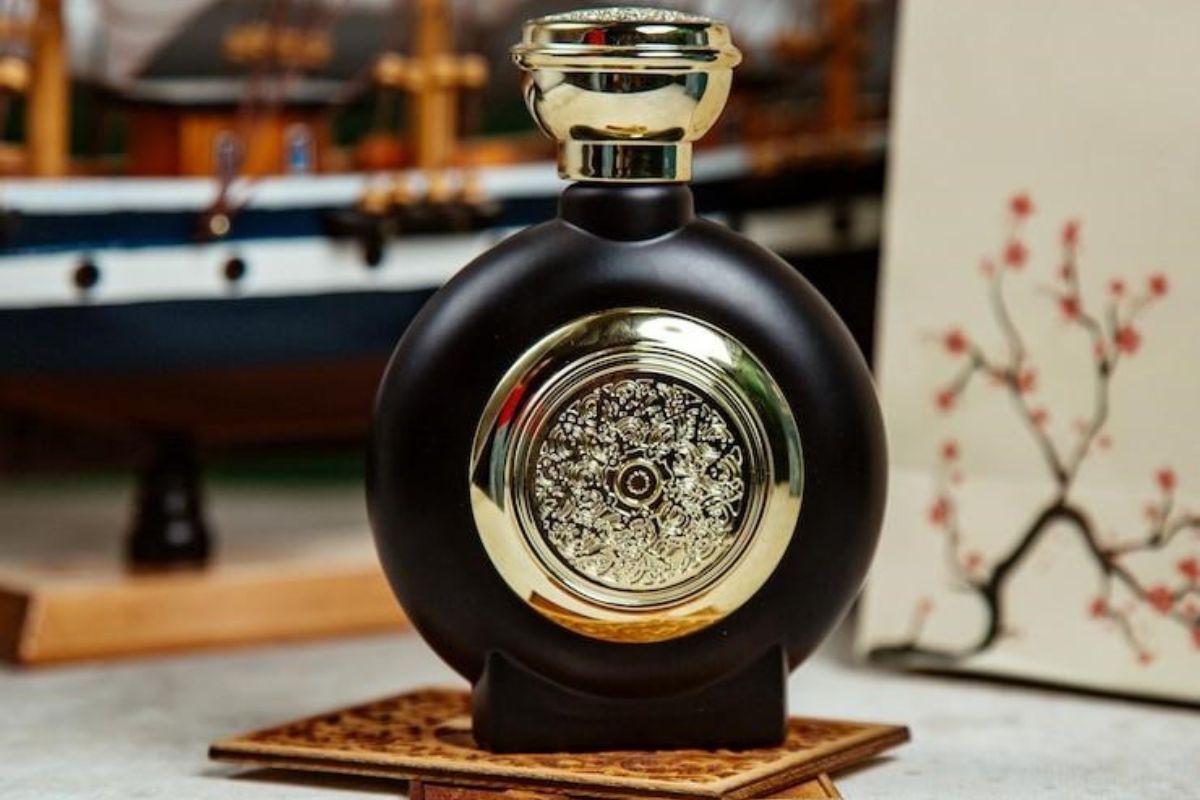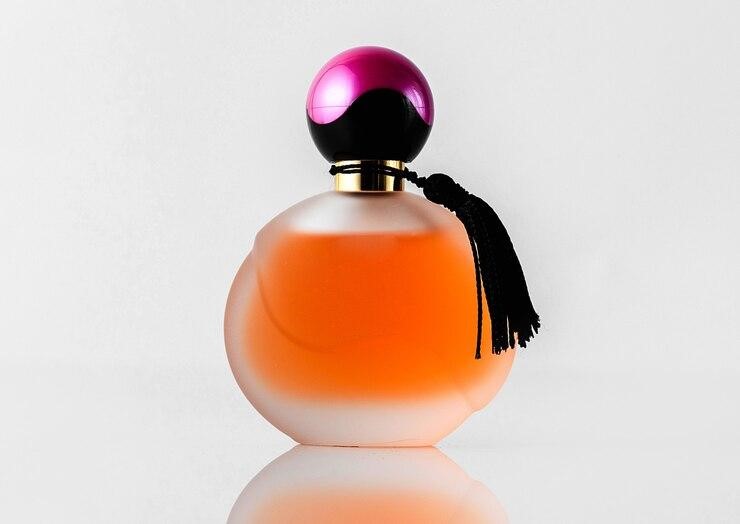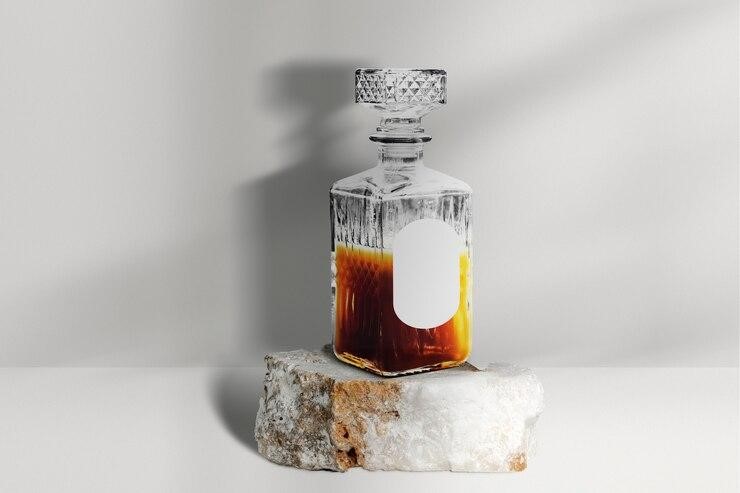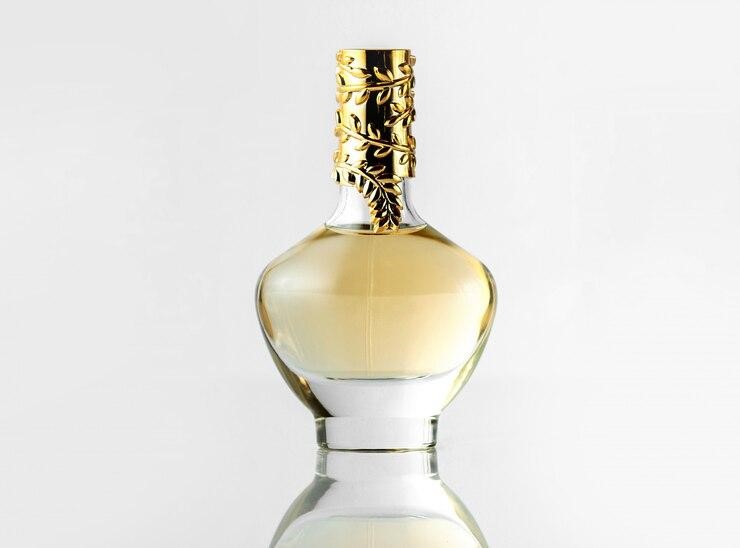Science Behind Replica Fragrances: Why Some Smell Identical

Ever catch a whiff of designer perfume in a coffeehouse or party and found out it isn’t the designer name brand you thought it was but an affordable duplicate?
It’s a surprising sensation that leaves you wondering how anything so cheap can smell similar to its designer counterpart. Perfumers and occasional users alike are turning more and more to replica fragrances because they are identical to designer fragrances yet so budget-friendly.
But how are they doing it?
To save money or enjoy your signature scent every day without guilt, how replicas are created can become an interesting and practical thing to understand.The solution is in a delicate mix of creativity, science, and art.
How then are master perfumes generating replicas of luxury smells so lifelike?
This is an overview here.
Table of Contents
Toggle1. Understanding Replica Fragrances?
Great attention is used in producing Replica fragrances employing discovery, analysis, and duplication of an intrinsic constituent of a perfume.
All fragrances are composed of notes layered, most especially top notes, middle/heart notes, and base notes. The first, usually undetectable scent one smells when wearing perfume is its top note. The heart of a scent is made of middle/heart notes, which show themselves when the top notes fade. The base notes of a perfume are its lasting smells connected with depth and longevity.
Perfumers look at these notes using cutting-edge technology like Gas Chromatography-Mass Spectrometry (GC-MS) to create replica perfumes. By use of this method, perfumes are broken down into their chemical elements, allowing one to observe the proportions of each ingredient used.
Knowing exactly what molecules each of these perfumes include helps perfumers replicate such effects using less expensive or more readily available ingredients.

2. Breakdown of Scent Profiles
Production of duplicate perfumes starts with analysing the composition of the original scent. There are top, middle, and base notes for perfumes.
The first fleeting scent you notice when sprayed is the top note. Middle, or heart, notes show the character of the perfume as the first one fades.
The latter are long, full-bodied fragrances that mature over time.Brands reproducing perfumes utilize an instrument called Gas Chromatography-Mass Spectrometry (GC-MS). This powerful tool breaks down the original scent into components so perfumers can see exactly what ingredients are used and in what proportions. GC-MS also provides useful data about how these components interact so perfumers can reproduce the perfume scent with a high level of precision.

3. Natural vs. Synthetic Ingredients
One of the secrets to accurately reproducing fragrances is ingredient selection. Luxury perfumes can use expensive or difficult-to-obtain natural ingredients such as rose oil, sandalwood, or ambergris. Copies, by contrast, can also incorporate synthetic alternatives to duplicate scent attributes without charging extravagant prices.
For example, natural oud is expensive and difficult to source. However, perfumers can utilize synthetic oud, which provides an extremely similar scent experience but costs significantly less. Synthetic alternatives are also more uniform and longer-lasting than natural alternatives.
Yet, natural ingredients aside, upscale synthetics are also evolving nowadays. Actually, quality houses also add synthetic ingredients to infuse certain aspects into their fragrances, emphasizing that authenticity isn’t solely about using only high-cost ingredients.

4. Role of Skin Chemistry
Strikingly, what a scent smells like isn’t just about what’s in it; it’s also about how it interacts with your skin. pH balance, body temperature, and even what you’ve consumed may determine how a scent unfolds and lasts. It’s due to this reason that two people who are wearing the same perfume may experience different results.
Manufacturers make allowances for these variations when creating replica fragrances by formulating fragrances with more than one scent-bearing oil as well as ingredients suitable for various skin types. The diversity of such replicas enables them to provide an enjoyable scent experience even when composed of ingredients slightly different from those of the original fragrances.
Furthermore, skin chemistry allows perfumers to enhance their fragrances. If a designer’s fragrance lacks long-lastingness, a well-designed copy will incorporate fixatives or other ingredients in order to make it last longer.
Why Are Replica Fragrances So Appealing to Consumers?
Replica fragrances are not only popular because of price. While price consideration contributes to a price factor, the quality of fragrances drives much of its popularity. Replica fragrances provide consumers with an opportunity to enjoy high-end fragrances at a cheaper price tag, hence making them a convenient option for everyday applications.
There have also been a host of niche perfumers and independent houses solely directing business towards high-end replicas. The focus of these houses lies in quality and authenticity, with cutting-edge methods used to recreate familiar fragrances. Due to this, the replica fragrance industry has developed significantly in recent years.
Benefits of Choosing Replica Fragrances
With replica fragrances, there are far more advantages than mere cost-saving possibilities.
- Replica fragrances enable users to experiment with various fragrances without paying a hefty price.
- With replica fragrances, you can discover new favorites and add diversity to your perfume collection without breaking the bank.
- There are numerous replica fragrances created with an ecologically friendly mindset as well. With either synthetic materials or natural methods, these houses are striving towards a more ecological scent-making process.
- If you’ve had trouble with how well a luxurious scent works on your skin, sampling a replica can be more beneficial. Because replicas are created based on a wider market, their performance and compatibility are often better than their original counterparts.
Bottomline
Ultimately, replica fragrances are a fascinating blend of artistry, chemistry, and consumer demand. Through processes like GC-MS analysis and close ingredient selection, brands successfully recreate layered fragrances.
Whether your interest in replicas is due to price, performance, or mere curiosity, their popularity can’t be argued against. With each day that goes by, replicas and high-end fragrances are increasingly looking alike, so why not explore replica fragrances and see if your new signature scent lies among them?
Published by Azura Everhart
Hey, I am Azura Everhart a digital marketer with more than 5+ years of experience. I specialize in leveraging online platforms and strategies to drive business growth and engagement. View more posts







